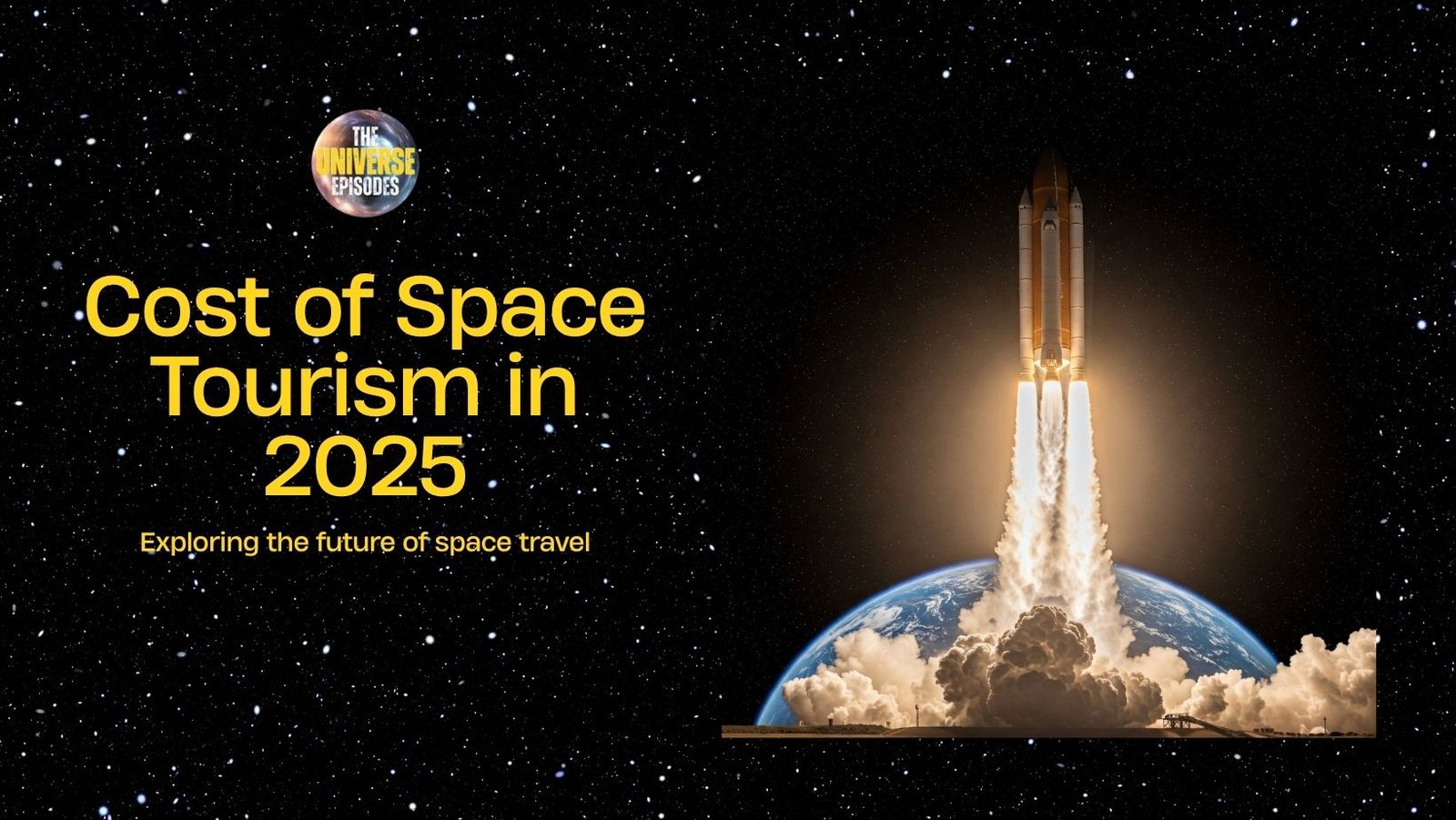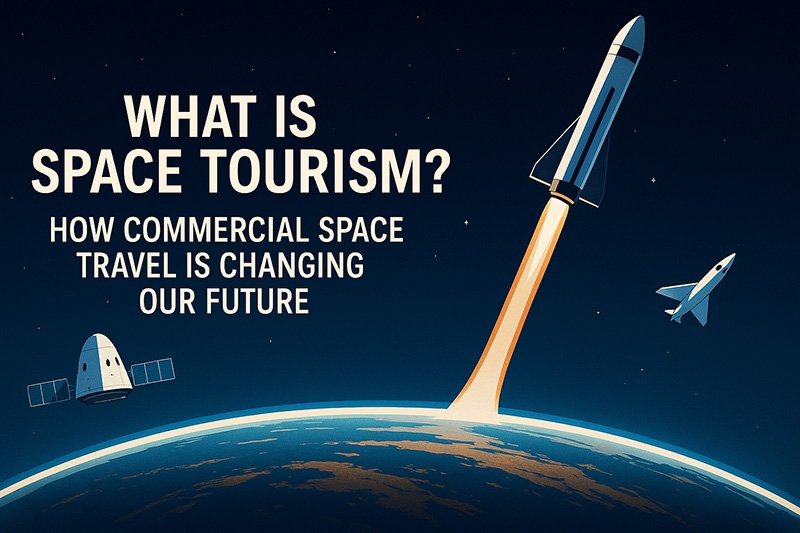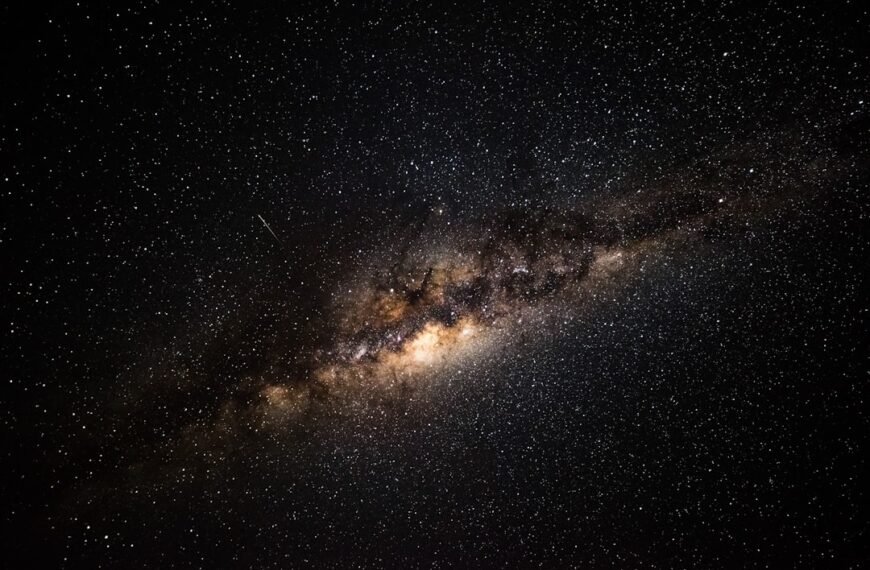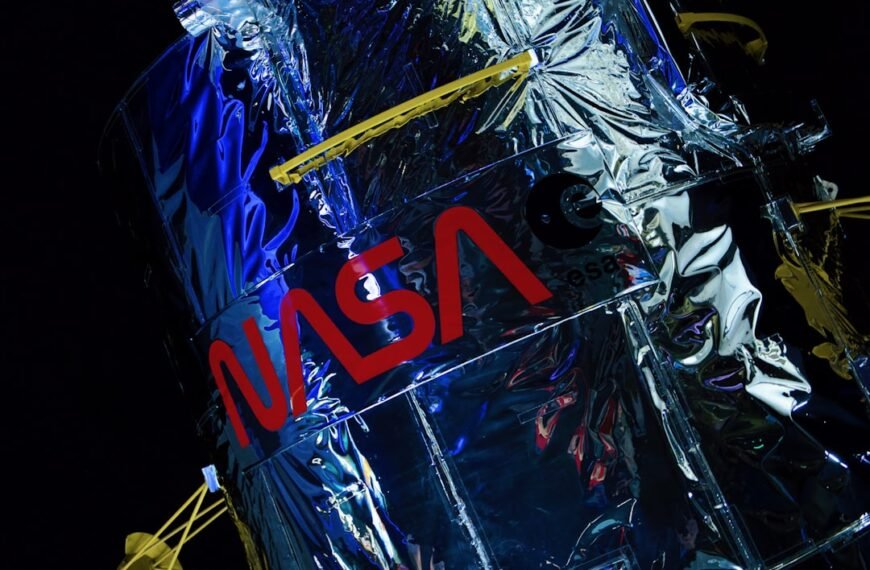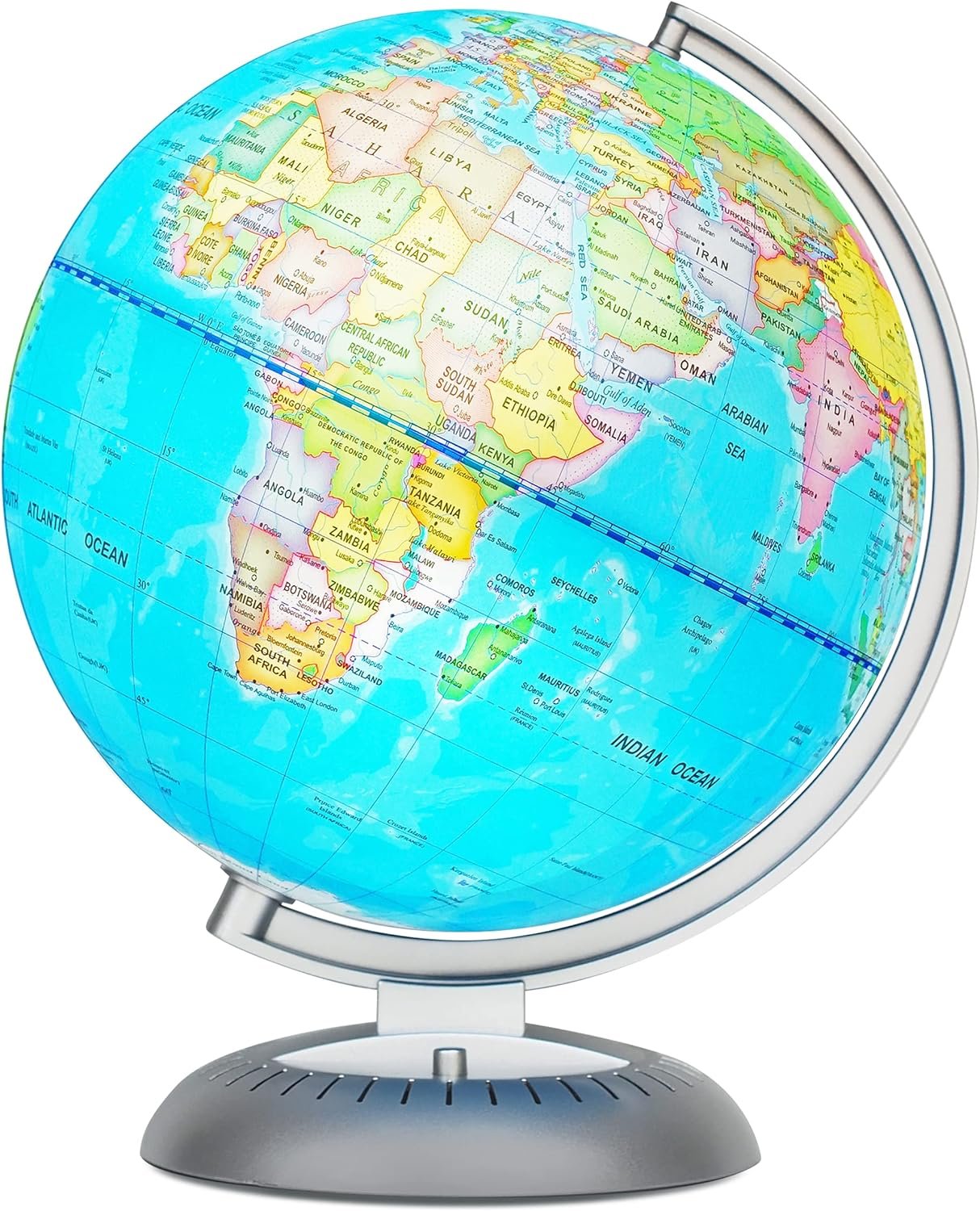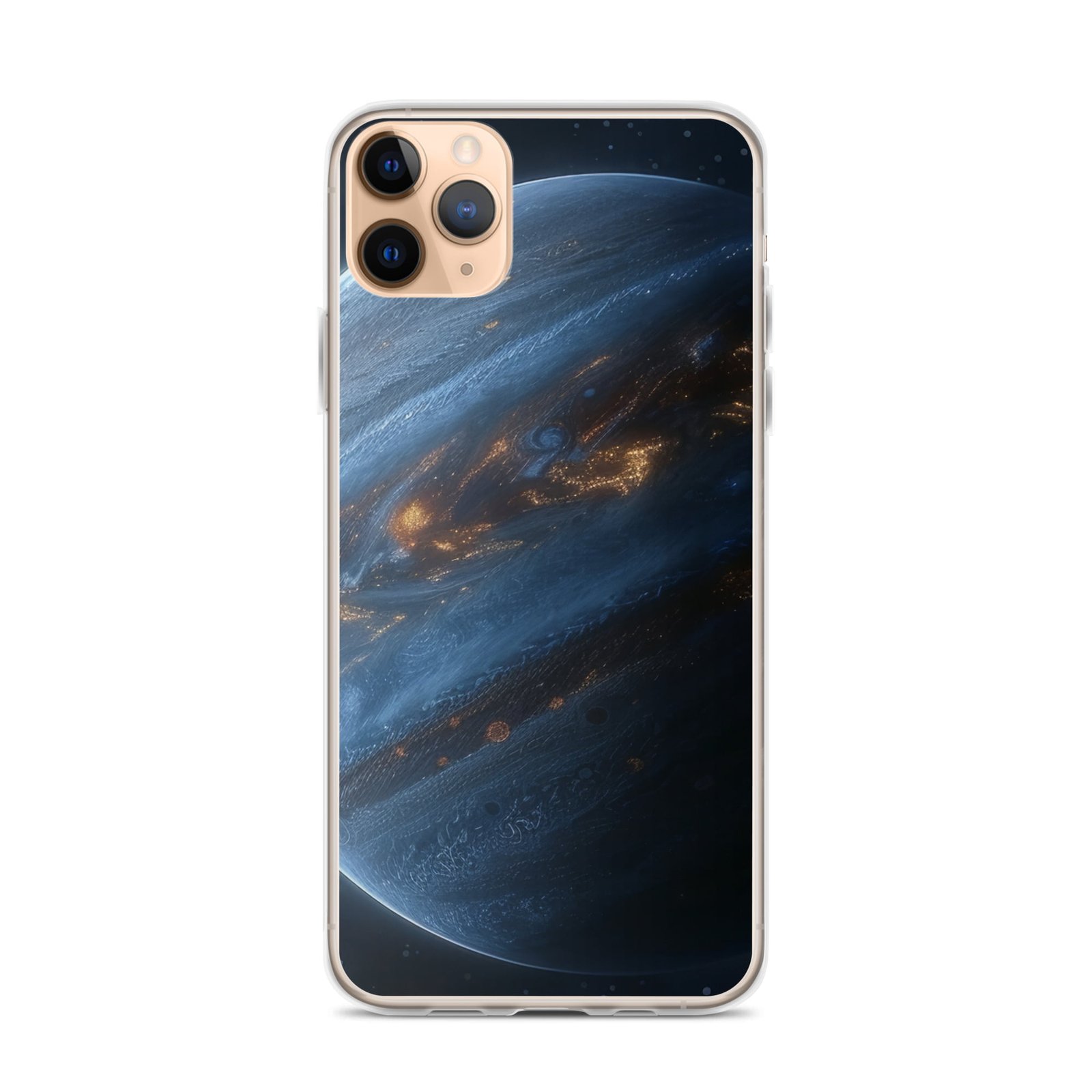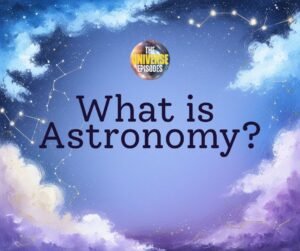Key Takeaways
- Space tourism costs in 2025 range from $8,000 to over $55 million, depending on the experience.
- The main categories are Zero-G flights, suborbital trips, orbital missions, and planned lunar excursions.
- Companies like Virgin Galactic, Blue Origin, and SpaceX dominate the commercial pricing landscape.
- Prices are expected to decrease slightly as competition increases and technology advances.
- Each experience offers different durations, altitudes, and training requirements.
What Determines the Cost of Space Tourism?

The price of a space tourism ticket depends on three key factors:
- Flight Type: Whether the journey is suborbital, orbital, or a high-altitude simulation.
- Duration: Short hops last minutes, while orbital missions can span 8–10 days.
- Technology and Provider: Reusability, spacecraft design, and who’s operating the mission all affect pricing.
In 2025, these factors result in a wide range of pricing tiers for space tourism.
Space Tourism Price Tiers in 2025

1. Zero-Gravity Flights
- Provider: Zero-G Corporation and similar companies
- Altitude: ~10 km (aircraft-based parabolic flights)
- Duration: ~2 hours (15–20 parabolas of microgravity)
- Experience: Real weightlessness without going to space
- Cost: $8,000–$10,000 per person
- Training: Minimal (1–2 hour briefing)
Zero-G flights are ideal entry-level experiences that simulate weightlessness using specialized aircraft. They’re often used for astronaut training and are accessible to a wider audience.
2. Suborbital Spaceflights
- Providers: Virgin Galactic, Blue Origin
- Altitude: ~85–110 km
- Duration: ~10–15 minutes in space (total flight ~90 minutes)
- Experience: Cross the Kármán line or U.S. boundary of space, float in zero gravity, see Earth’s curvature
- Cost:
- Virgin Galactic: $450,000
- Blue Origin (estimated): $250,000–$500,000
- Training: 2–3 days pre-flight
These flights offer a true edge-of-space experience and the title of “space tourist.” Virgin Galactic uses a rocket-powered spaceplane, while Blue Origin offers a fully vertical rocket ride.
3. Orbital Missions
- Providers: SpaceX (with Axiom Space), Roscosmos (limited)
- Altitude: ~400 km (Low Earth Orbit)
- Duration: 8–10 days
- Experience: Stay aboard the ISS or orbit Earth in a private capsule. Multiple sunrises daily, continuous zero gravity.
- Cost: $55 million+ per person
- Training: Months of pre-flight preparation, simulation, and health screening
Orbital trips offer the full astronaut experience and are currently the most elite and expensive form of space tourism.
4. Planned Lunar Missions
- Provider: SpaceX (Starship), possibly Roscosmos or Space Adventures
- Altitude: ~380,000 km (circumlunar route)
- Duration: ~6–10 days round trip
- Experience: Loop around the Moon and return without landing. Unmatched views of the Earth and Moon.
- Cost: $100 million+ per person (estimated)
- Training: Extensive astronaut-level preparation
Though not yet operational as of mid-2025, these lunar missions are under development. SpaceX’s now-canceled dearMoon project showcased the ambition and pricing range for such expeditions.
Why Are Prices Still So High?
Space tourism pricing remains high due to:
- Limited seats and high demand
- Expensive hardware and maintenance
- Complex safety requirements
- Lack of competition in orbital and lunar categories
However, reusable spacecraft like Blue Origin’s New Shepard and SpaceX’s Crew Dragon are slowly lowering the cost per flight.
Will Space Tourism Get Cheaper?

Yes, but gradually. Experts believe that:
- Suborbital pricing could drop below $200,000 by 2030.
- Orbital missions could see group packages or shorter stays at reduced cost.
- Balloon-based experiences (e.g., Space Perspective) may undercut rocket tourism with rides in the ~$125,000 range.
As the market matures and infrastructure like Axiom Station or Orbital Reef becomes available, competition will drive innovation and pricing flexibility.
Final Thoughts
Space tourism in 2025 is no longer a fantasy. With ticket prices ranging from under $10,000 to over $100 million, this once-elite adventure is slowly becoming more accessible. Whether you’re curious about a zero-gravity flight or dream of orbiting Earth, there are entry points at every budget level—and the price of reaching space is only going down from here.

